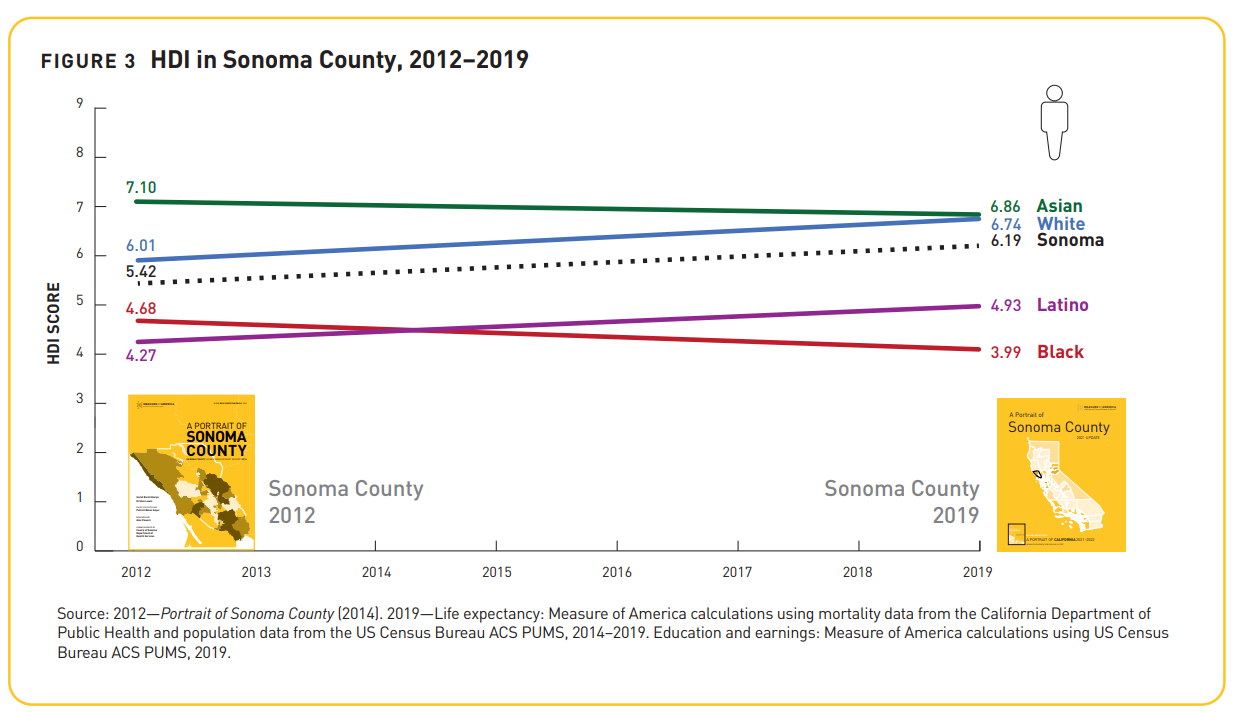Many thanks to Dr. Jimmy Wu for a really great Grand Rounds presentation this week titled Model Minority: Asian American Health. He shared part of his personal journey as well as local and national epidemiological data to explore some of the unique health challenges of some of the diverse AAPI communities.
A recording of the presentation is available HERE.
My notes:
- The concept of Asian Americans as "the Model Minority" was coined in the 1960s during the Civil Rights Movement when conservative politicians looked for opportunities to divide minority groups. Their goal was to curate the erroneous perception that all Asian Americans were doing well because they were hard working, and why couldn't other BIPOC communities do the same?
- This was propagated through a 1966 NY Times article on Japanese Americans and in the 1980s Time magazine feature on Asian American whiz kids.
- The ultimate goal to pit communities of color against one another, unfortunately, was quite successful.
- For Asian Americans, being labeled as a model minority is NOT a win win
- AAPI is now used as an umbrella term, including: Asian + Native Hawaiin and Pacific Islander
- Important to note that data disaggregation is a real challenge >> AAPI is NOT a huge monolith, diverse populations, cultures and needs
AAPI Demographics

- 24 million AAPI people in US (7.5%), 41% growth from 2010 to 2020
- In CA, 7 million AAPI people, the fastest growing ethnic group
- In SoCo, there are 21K (5%), which is a 10% growth over the last decade
- Filipino>Chinese>Vietnamese>Indian>Japanese>Laotian>Cambodian
Mental Health
-Mental health stigma runs strong in AAPI communities
-AAPI youth in SoCo have the second highest youth suicide rate among 9 Bay Area counties
-mental health during COVID was heavily impact by "Asian Hate",
-AAPI have very low help-seeking behaviors for mental health services (36.1% vs. 56.1%)
Substance Use
-Tobacco use>> high quit attempts without help-seeking
-Gambling
-high rates of ETOH, IVDU
Barriers to Primary Care Access
-insurance (especially Fijian and Samoan caregivers/seniors)
-language
-culture/gender concordance
-use of traditional CAM therapies
-historic mistrust of Western healthcare system (e.g. experiences in Refugee camps)
Preventive Health
-preventive care is not a cultural normal
-lower rates of cancer screenings (esp in AAPI patients with limited English proficiency)
-high rates of ASCVD risk, even with normal BMI
-cancer as leading cause of death in AAPI in US (lung, liver, colon), compared to ASCVD in white population
Elderly AAPI
-caregiver burden, cultural value of filial piety
-mental health>> stigma, saving face
-end of life norms




No comments:
Post a Comment